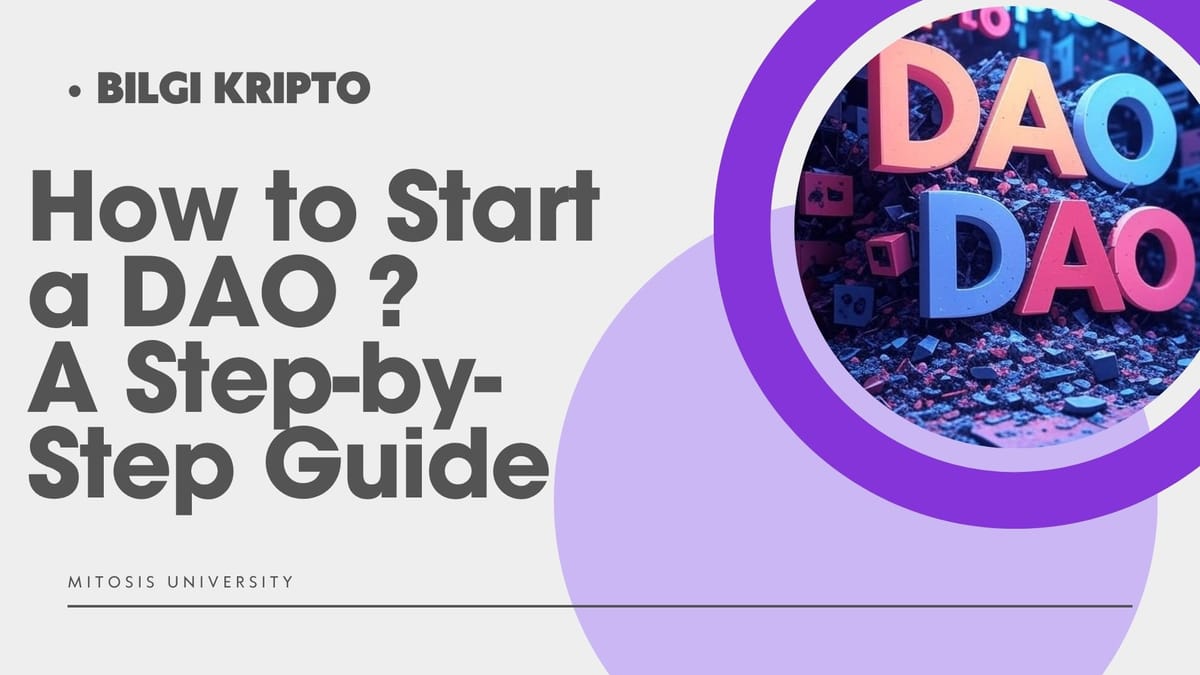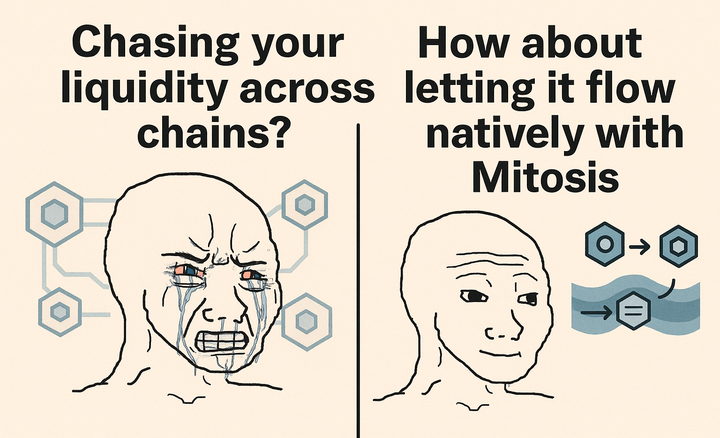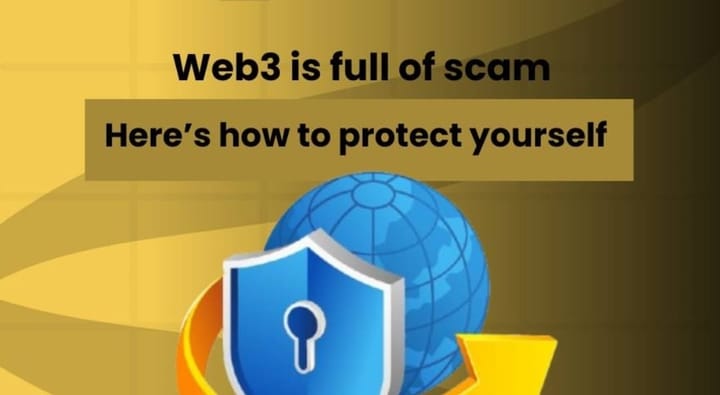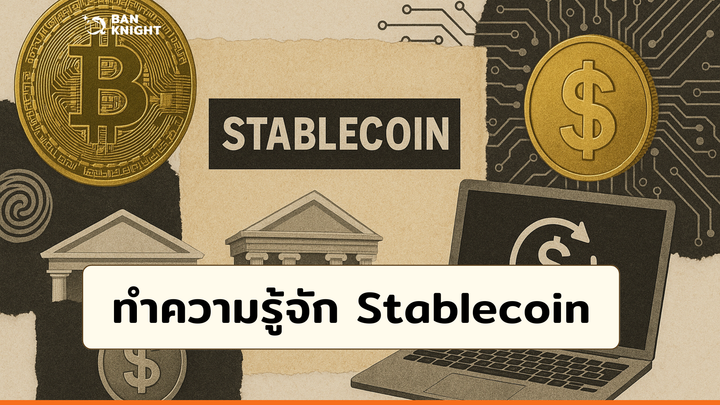How to Start a DAO (Decentralized Autonomous Organization)? A Step-by-Step Guide

In the world of blockchain and Web3, the DAO (Decentralized Autonomous Organization) stands as an innovative form of governance shaped around transparency, community participation, and security. DAOs are increasingly preferred in areas such as crypto projects, DeFi platforms, and NFT collections. So, what do you need to establish your own DAO? This guide covers everything from technical details and tool selection to example projects and pro tips.
What is a DAO? A Brief Definition
A DAO is a type of organization managed by its community without the need for a central authority. Decisions are typically made through community votes, executed via smart contracts operating on the blockchain.
Key Features of DAOs:
- Transparency: All transactions are recorded on the blockchain.
- Decentralization: The community governs the organization instead of a single individual or entity.
- Autonomous Operation: Thanks to smart contracts, processes can run automatically without human intervention.
Common Use Cases:
- Crypto investment funds
- DeFi platforms
- NFT collection management
- Gaming economies (GameFi)
- Social clubs and Web3 communities

Why Should I Create a DAO?
Here are some core advantages of creating your own DAO:
- Community Engagement and Strong Communication: Participants have voting rights and are directly involved in the decision-making process.
- Transparency and Trust: Since all transactions are on-chain, they are transparent and auditable.
- High Efficiency: Progress can be made with a community-centered approach, without relying on a central entity.
- Low Operational Costs: DAOs can often be managed with modest budgets.
- Global Reach: Your DAO can attract participants from all around the world.
Essentials for Creating a DAO
Here are the fundamental building blocks of a successful DAO:
1. Purpose and Mission
The reason for the DAO's existence must be clear and well-defined. It could be an investment club, NFT management, or a socially driven community. For example:
"Investing in sustainable Ethereum-based projects in collaboration with community members."
2. Voting Mechanism
Define how decisions will be made. Voting power is typically proportional to the number of governance tokens held. Off-chain voting systems like Snapshot or on-chain solutions like Aragon can be used.
3. Governance Token or Equity System
There must be a method for participants to hold voting power, typically through token ownership. For instance:
Holders of $GOV tokens can vote on all proposals.
4. Community Building
A robust community is essential for long-term sustainability. Active communication via platforms like social media, Discord, and Telegram is crucial.
5. Treasury Management
Most DAOs store collective funds securely in a multi-signature wallet. Tools like Gnosis Safe are commonly used for this purpose.
How to Set Up a DAO: Step-by-Step Guide
Step 1: Choose a Blockchain
Select a network such as Ethereum, Polygon, or BNB Chain. Consider transaction fees and community support when choosing.
Step 2: Choose a DAO Platform
Some popular DAO creation tools include:
- Aragon: Works on Ethereum and Polygon, known for its easy-to-use interface.
- Snapshot: An off-chain voting system that doesn't require gas fees for voting.
- DAOstack Alchemy: Operates on the Gnosis Chain and offers a simple user experience.
Step 3: Acquire a Domain Name (ENS)
If using platforms like Aragon or Snapshot, you may need an Ethereum Name Service (ENS) domain.
Example: mydao.eth
Step 4: Define DAO Parameters
Set the key governance parameters such as:
- Voting duration
- Minimum participation rate
- Acceptance threshold (e.g., 51% – 70%)
- Proposal creation fee
Step 5: Launch the DAO
After finalizing all settings, you can launch your DAO and start inviting members. A small transaction (gas) fee may be required during this step.

Examples of Successful DAOs for Inspiration
MakerDAO
A pioneer in the DeFi space, MakerDAO governs the stablecoin $DAI. $MKR token holders make key governance decisions.
Aave DAO
A lending and borrowing platform where $AAVE holders vote on new features and protocol updates.
Uniswap DAO
The community governs the popular DEX platform Uniswap. $UNI holders participate in decision-making processes.
Additional Tools You Can Use
- Gnosis Safe: For managing multi-signature wallets
- Tally: A user-friendly interface to visualize DAO governance
- Discourse / Snapshot: A combination of forum and voting system for proposal discussion and decision-making
Conclusion: Starting a DAO is Easy, But Requires Responsibility
Technically, creating a DAO can be accomplished quickly using several tools. However, what truly matters is establishing a vision, community, and governance structure that ensure long-term sustainability. DAOs represent the future of organizational models, but their success depends on a strong network of participants and well-planned governance



Comments ()